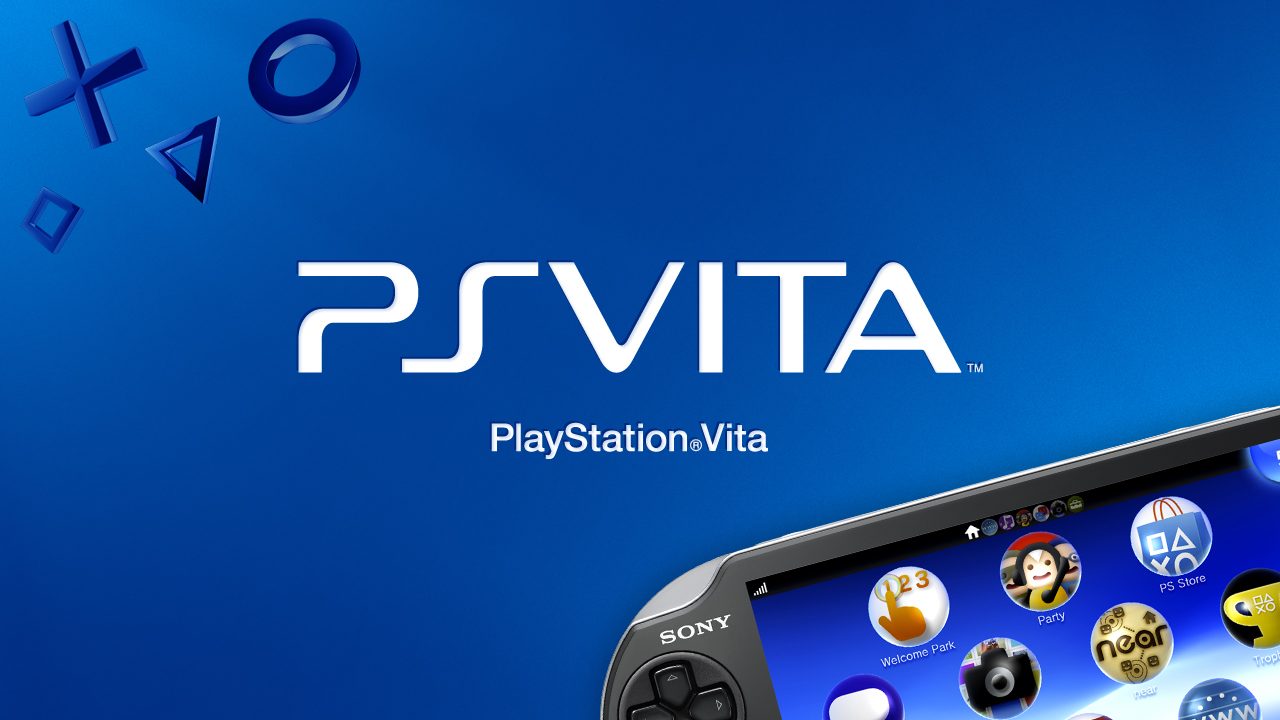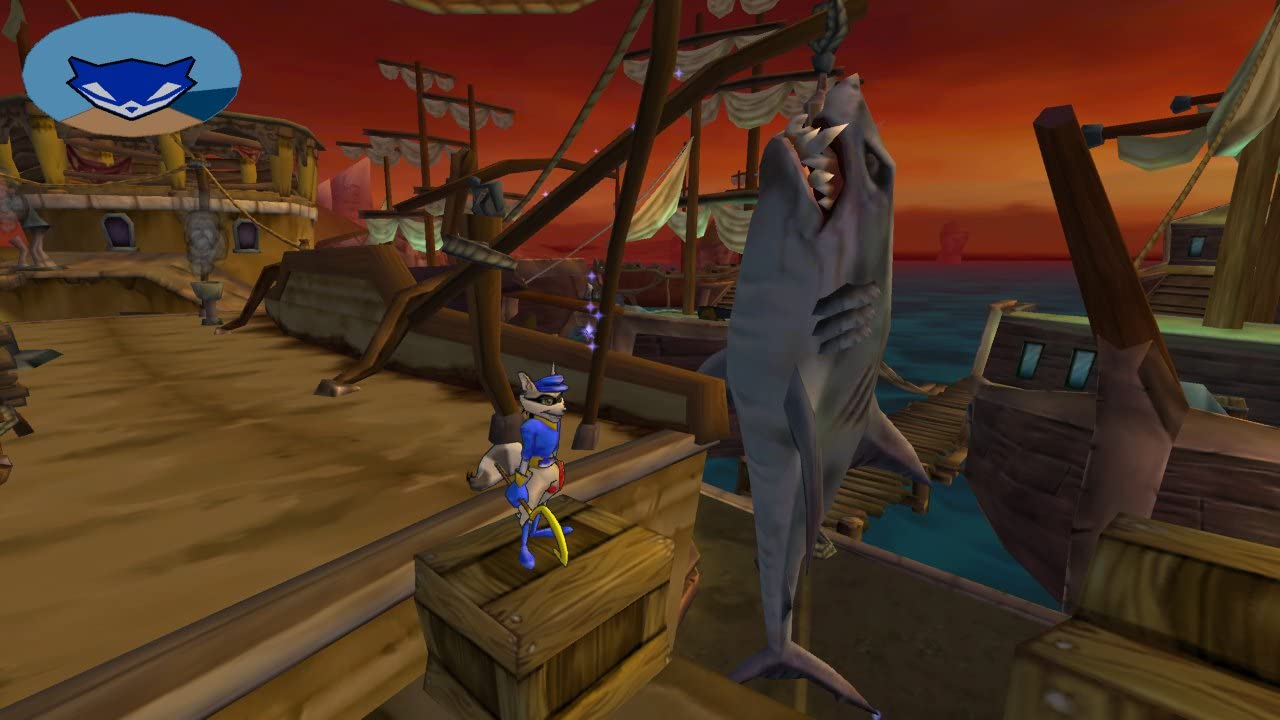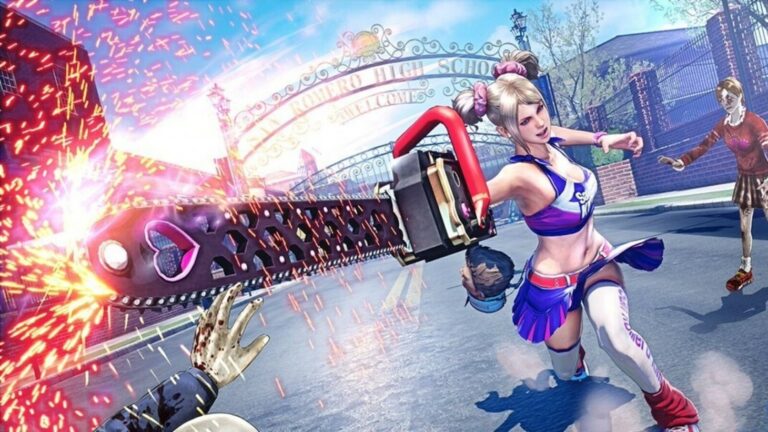In many ways, the PlayStation Vita was ahead of its time. Taking nothing away from the solid implementation of the front and rear touch pads, it was the first handheld to have dual analog sticks and made it possible to play high-definition games anywhere. Not only was the Vita a graphical powerhouse, it boasted a library of both original titles built for its specifications and classic PlayStation games that proved best suited for this particular environment. While the Vita might be lost to time, nothing can stop it from being Sony’s best console to date.
The central hook with the Vita was that it was meant to provide home console quality gaming on the go, and for the first two years it delivered on that promise in spades. Games like Killzone Mercenary, Gravity Rush, and MLB were heavy hitters on the fledgling handheld that ran beautifully, as they were built specifically to run on the Vita. This love and comment from developers and publishers did not stay around long, however, as declining sales continued to dwindle consumer interest, leaving Vita to be supported by the independent development scene and the Japanese game market.
Despite its pitfalls the Vita garnered a small but devoted fan base that still supports indie releases. For example, Lillymo Games’ Twin Breaker: A Sacred Symbol Adventure released on both PlayStation 4 and Vita, yet sold best on the handheld according to the studio’s co-owner Colin Moriarty. Other indie titles have also found success, like Yacht Club’s Shovel Knight, Cellar Door Game’s Rogue Legacy, and Derek Yu’s Spelunky. Works by smaller studios had a habit of either making their marks or finding a secure home on the console.
The Vita wasn’t just home to indies – it also served as a platform for AAA games that aimed to showcase the impressive technology within the system. New property Gravity Rush used the Vita’s gyroscope in an unexpected fashion as players manipulated gravity, while Uncharted: Golden Abyss illustrated how a game on the handheld could look and play on par with the original PS3 Uncharted entries.
Since the Vita was the successor to the PlayStation Portable, it is only natural that comparisons are made between the two. The PSP sold over 80 million units, owing in part to the fact that it was extremely easy to hack and repurpose for emulating other consoles like the Sega Genesis and Super Nintendo. In forcing Sony to crack down and protect the Vita’s software from hackers, this had the side-effect of Sony deciding to make a smoother running UI and console.
Unlike the PSP, the Vita can still access the PlayStation Network’s catalog of PS1 and PSP games, allowing people to play classics like Final Fantasy VI, Metal Gear Solid, and Castlevania: Symphony of the Night all in the palm of one’s hands. Each title can have its controls remapped to improve the gameplay experience and make them more accessible in this modern age. I was able to fully play through the first few Persona and Suikoden games and found that the smaller screen managed to convey what would be stretched and grainy on a larger display.
Players were already spoiled for choice thanks to Sony’s sizable existing backlog, yet still there were more games thanks to an influx of Vita ports. Dead or Alive 5, Ratchet and Clank Trilogy, Sly Cooper Trilogy, and 2011’s Mortal Kombat all ran almost identically to their console brethren, a source of immense pride for any Vita owner. Along with such fantastic ports, Sony made sure that with select titles players would be able to cross save between the home consoles and the Vita, as well as gifting Vita versions of certain games to Vita players.
I have mentioned a few AAA games that made their way onto Vita but there were many more in its library, especially in the first few years of its lifecycle. Electronic Arts brought over Madden, Fifa and Need for Speed, while Atlus and Compile Heart ended up being two of the biggest supporters with Persona 4 Golden and the Hyperdimension Neptunia franchise respectively. Meanwhile, Sony itself brought along full first-party support with Gravity Rush, Uncharted, Tearaway, and Freedom Wars. Each title gave audiences the vastness of home console releases while never taking away from the choice to play just about anything.
Of course the question still lingers: what does Vita do that other PlayStation consoles don’t? Well the answer to that is nothing – that is what makes it so innovative. Vita has a built in mic, cross platform chat, full trophy support, and remote play. The handheld does everything a regular PlayStation home console does, which I feel constitutes a massive achievement in and of itself.
Remote Play in particular is my favorite feature of the system and I use it nearly every day to play Persona 5 Royal, Final Fantasy VII Remake, and Monster Hunter among other things. Being contingent on one’s Wi-Fii speed, and even with a decent connection I tend to play single-player games or handle some less involved quests when I use this feature.
Along with Remote Play, Vita also let the player connect to the PS4 as a second screen experience. Vita could even be used as a secondary DualShock 4 controller, and given that said controller’s layout is identical to that of the Vita it wouldn’t be trading quality if someone wanted to go this route.
Above all, the Vita stands tall above other consoles because it was the first of its kind. Many could argue that Nintendo took a page out of Sony’s book and improved on it with the Switch, but it was the Vita that came first and set the standard.
Vita means life in both Latin and Italian, a notion which the handheld’s most hardcore of fans have taken to mean creating long lasting friendships and experiences with this gorgeous system. For something that at times felt like it never got its due, that feels right.
No related posts.








